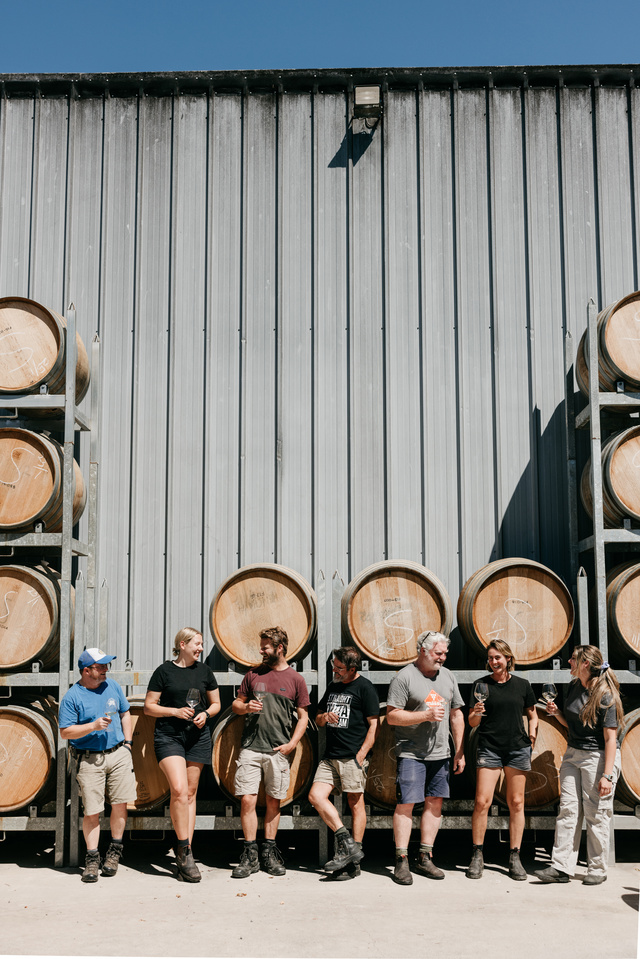By Kath Gannaway
DARREN and Kate Eddy of Eddy’s Spreading Services in Healesville offers the following advice for the management of pastures after fire.
First actions after farm pasture fires involve the movement or sale of stock, replacement of boundary fences, securing fodder supplies, and those urgent domestic matters important in farm management and welfare.
Once these are taken care of, consideration may be given to future fodder supplies through the ensuing autumn, winter and spring.
While there may be significant hay available, the recovery of burnt pastures could also be considered, because in almost all cases pasture grazing will still be the most economical way to feed animals.
Contrary to popular belief fire will not significantly change phosphorus levels and potassium may be temporarily slightly increased from material available from the burnt plants.
Nitrogen, however, will be slightly decreased as nutrient driven off from the plants.
Paddocks with a strong fertiliser history are likely to recover more quickly after fire.
Fire turns the pasture organic matter to ash with similar nutrient values.
For quick early feed, direct drill new annual pasture.
Choose a winter active variety which is likely to compete well with volunteer pasture and weeds.
Many varieties offer the opportunity of winter feed and strong spring growth. For best and most economical growth response, sow with phosphorus and nitrogen and maintain with urea.
By sowing in March there is the chance of early winter grazing.
Annual pastures create the opening for a renovation to new pasture next season.
Other alternatives in pasture recovery are to do nothing and wait for the existing pasture to emerge in autumn, then apply urea.
This assumes that the burn has not been so hot as to completely kill existing seed and pasture roots.
In this case recovery to full winter feed is unlikely but can be improved with application of regular super potash and nitrogen.
Weeds could be a problem because they are able to germinate ahead of the emerging pasture.
Replace current pasture with new perennial pasture. Where farms have been de-stocked or pasture feed is not so urgent, wait until paddocks have become green with volunteer pasture and weeds which can be sprayed and/or cultivated, and then sow new permanent pasture.
Assuming that removal of weeds and existing pasture is effective, this may be an effective way to full renovation.
New seed may be direct drilled or broadcast sown, always ensure good seed soil contact. Ensure control of seedling predators.
After fire weeds may be first to emerge. Take control of new weeds early before they cause stock problems (eg Capeweed).
Always use adequate phosphorus and nitrogen to ensure early strong growth for new pastures.
For further inquiries contact Kate or Darren at Eddy’s Spreading on 5962 3143.
Eddy’s spreads the good word
Digital Editions
-

Oakridge Wines takes top award
Yarra Valley’s Oakridge Wines won the Champion Victorian Winery award on Friday 7 November, cementing its reputation as a leader in Victorian winemaking since its…





